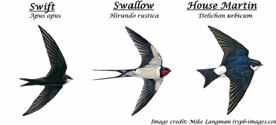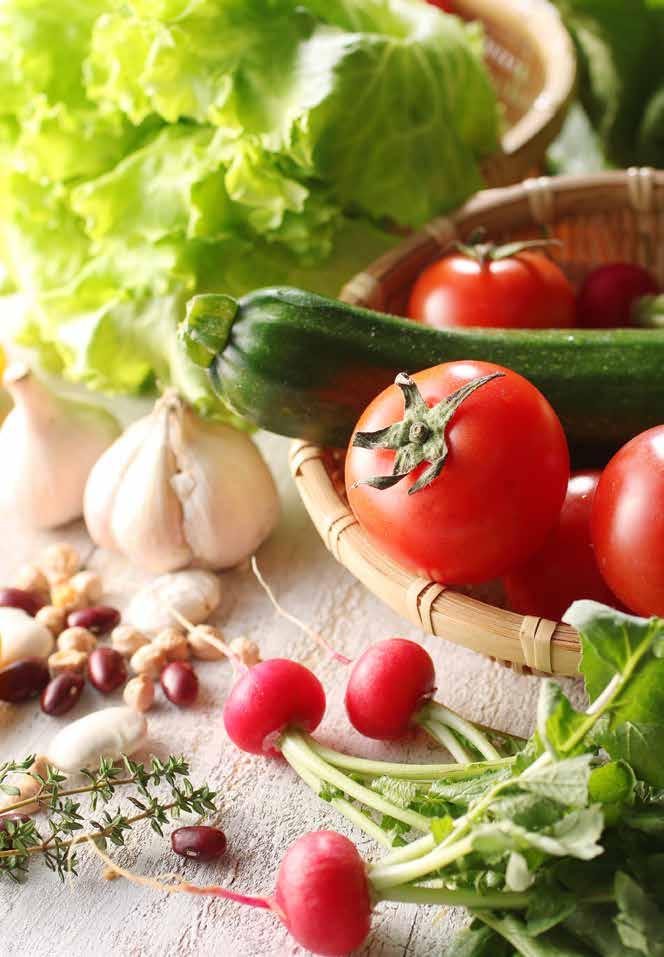
2 minute read
Nature Notes
August is the month when high summer turns to late summer. If the weather is hot, the countryside starts to look parched and tired, as grasses brown and even tree leaves start to wilt.
In the hedgerows, the blackberries have Road verges: In the bases of many already started to ripen, going from green hedges, ‘lords and ladies’ have totally to red then finally black. Elderberries also died down, other than the ripening ripen and are feasted on by hungry birds, fruiting stem, with its poisonous red such as starlings and blackbirds. Other berries. This is the ‘lady’ part. berries are ripening too, such as hawthorn (‘haws’), blackthorn (‘sloes’) and rose hips. These will provide sustenance for many species through the harsh winter months. For now, food is plentiful, although the Meadows: Where grasslands, be they pastures or meadows, are overgrazed the ground is often exposed (poached) and plants such as ragwort and creeping thistle can colonise and thrive. dry ground can cause problems Rivers and ponds: Rivers are thickly for the ground feeding birds. fringed with white flowered meadow
Advertisement
Early in the month, grey squirrels are impatient and insist on cracking open the pale green hazel nuts and they can be heard chattering and squealing at one another. Aggressive confrontations can lead to tree top chases. sweet, great willowherb, purple loosestrife and emergent grass species such as reedcanary grass. The water crowfoot will be lush and wide spreading in the clean and fast flowing rivers. Where the river is slower, and hence more silty, yellow water lily may be present, and will have been in flower now for some time.
Hot days also bring the restful sound of grasshoppers calling (‘stridulating’) from the long grass, advertising their territories. They are difficult to Birds spot due to their green or brown colour, but House martins are finally emerging from their mud soon hop to reveal themselves if disturbed, only cup nests encouraged by adults who swoop and to disappear again. In Britain, the species most chatter around them. Large flocks of martins and likely to be spotted are the common green, swallows can be seen over fields. Sometimes common field and the meadow grasshopper. swallows, particularly, can be seen lined up together Habitats sees the departure of the majority of swifts, whilst migrant birds are, however, with us for a while yet.
Woodlands (including wood pasture): Some trees may start to show changes in colour.
Seeds are ripening and soon large-leaved lime, sycamore, field maple and hornbeam will drop their winged seeds. In August though, the wings are all still green and growing.

Fields and hedgerows: Invasions of house sparrows may be a thing of the past now, but they can still be seen, as the wheat ripens, enjoying the feast. on telegraph wires preening themselves. August







